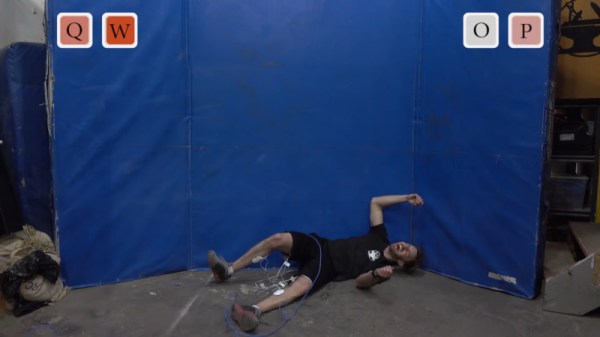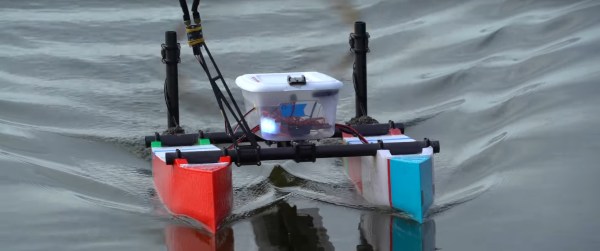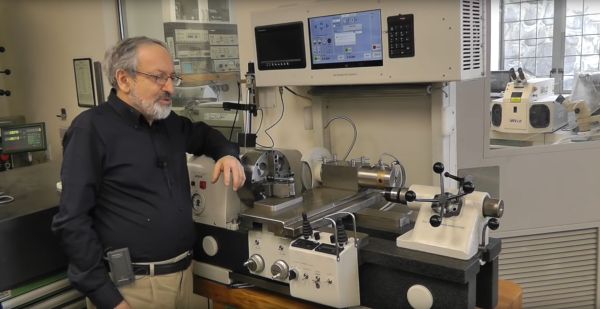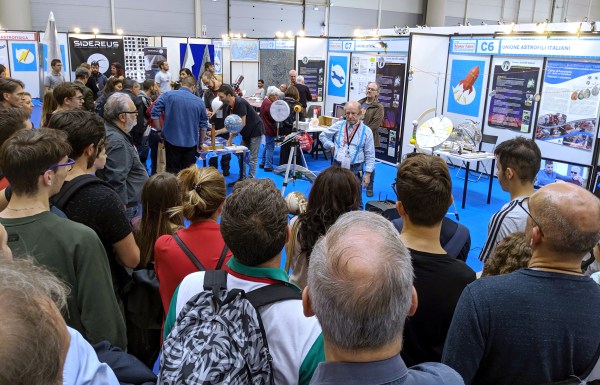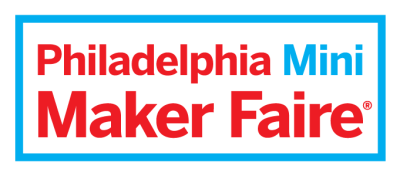QWOP was a flashgame released by [Bennett Foddy] in the distant past. Players would use individual keys to trigger muscle spasms in their character’s legs, attempting to sprint as far as possible without hitting the ground. Hackaday alumus [The Hacksmith] wanted to recreate this in real life, and set to work.
Initially planning to hack some TENS units to cause muscle contractions, instead a pair of lithium batteries were used. Supplying up to 48 volts through a MOSFET using PWM control, it’s quite effective at triggering muscle movement, albeit with a slight pain factor. With the MOSFETs under the control of an Arduino fitted with a USB keyboard, it allows a player to control [The Hacksmith]’s leg muscles, albeit without much finesse.
While the jumps are just video magic, the players do succeed in making some purposeful spasms happen. It’s about as effective as our attempts to play the original game, anyway. Don’t try this at home if you’d like to avoid possible burns or nerve injuries! It’s not the first moderately dangerous build we’ve seen from [The Hacksmith], either. Video after the break.
Continue reading “Real Life QWOP Probably Stings A Fair Bit”

